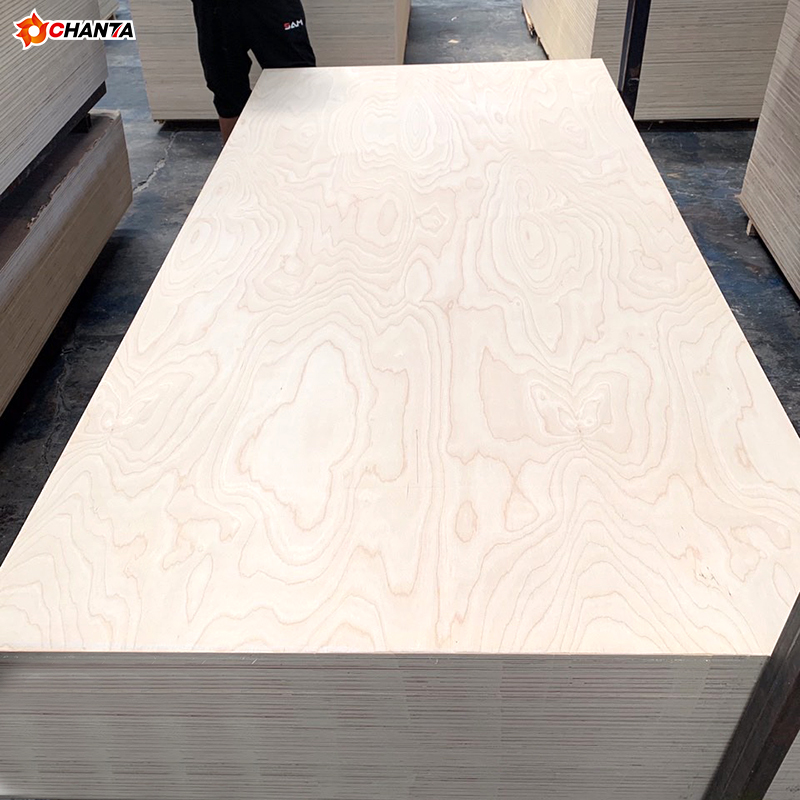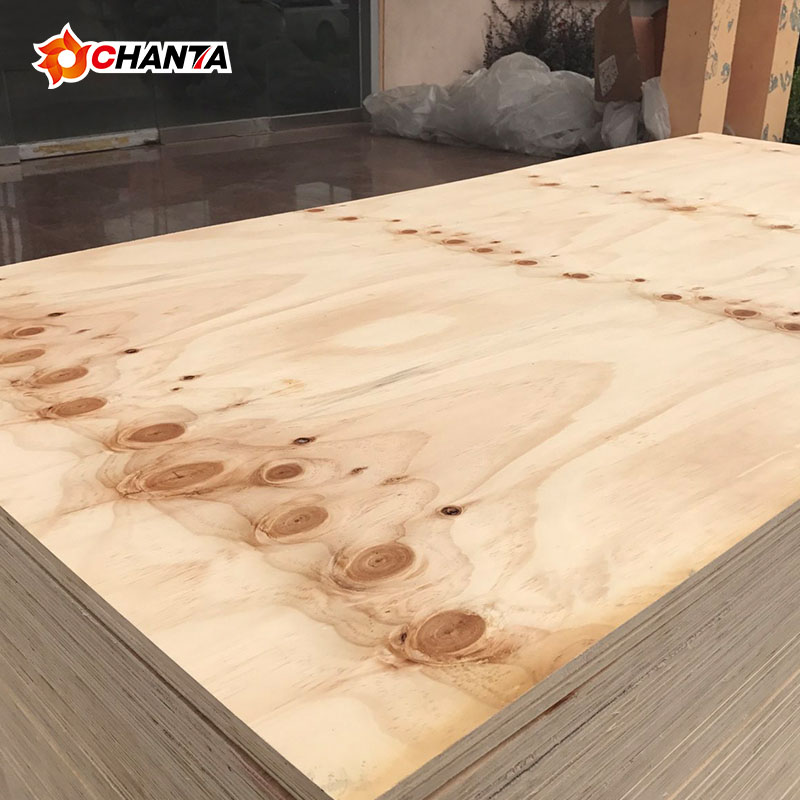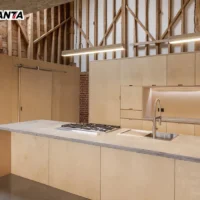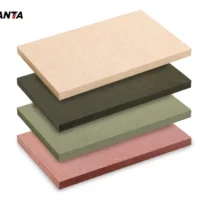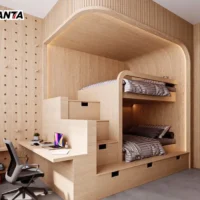Table of contents
MDF, or Medium-Density Fibreboard, is an engineered wood product made from natural materials and bonding agents. It is a highly versatile material used widely in construction, furniture-making, and interior design. Understanding what MDF is made from and how it is produced can help you appreciate its benefits and applications.
Key Components of MDF
Manufacturers use wood fibres as the primary component of it. These fibres are often byproducts of hardwood or softwood processing. Instead of discarding this material as waste, it is recycled and repurposed into MDF production. This process helps reduce environmental impact while ensuring resource efficiency.
To hold the wood fibres together, manufacturers mix them with resin. The resin acts as a binding agent, giving its strength and density. In addition, wax is added to the mix. Wax enhances the durability of the final product and increases its moisture resistance, which makes more reliable for interior applications.
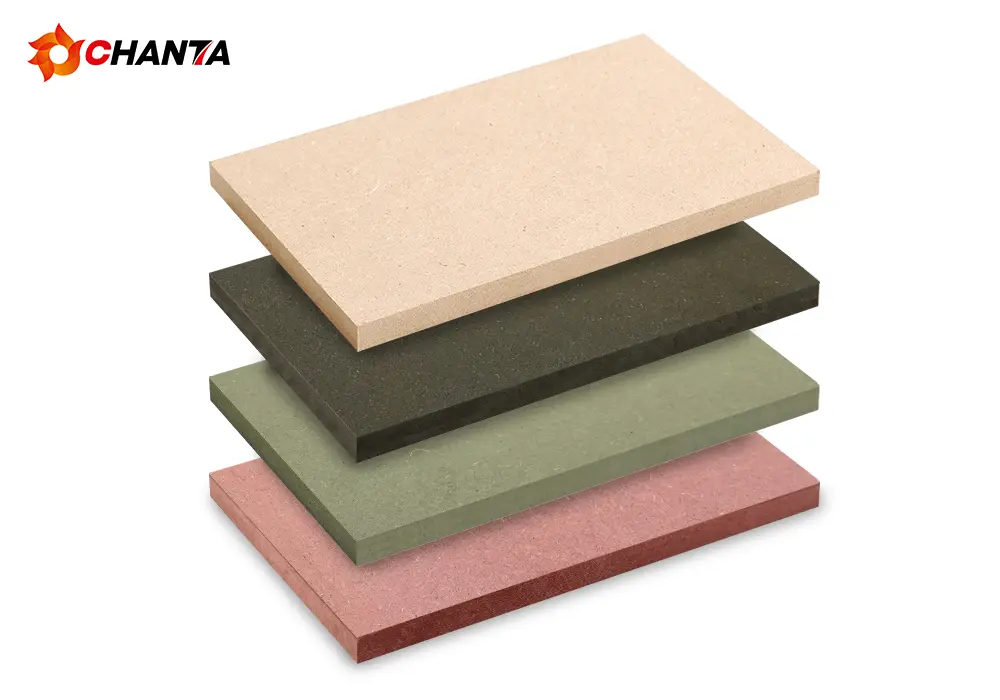
The MDF Manufacturing Process
The production of MDF involves several precise steps. First, raw wood is broken down into very fine fibres. This is done using mechanical or chemical processes that ensure the fibres are consistent in size and texture. The fibres are then dried to remove any excess moisture.
Once dried, the wood fibres are combined with resin and wax. The mixture is evenly blended to ensure uniformity. Next, this fibre-resin mix is subjected to extremely high heat and pressure. The compression process forms the fibres into solid, dense boards of varying thicknesses. The heat also activates the resin, which binds the fibres together permanently.
After compression, the boards are cooled, trimmed, and sanded to achieve smooth surfaces. This final step ensures that MDF boards are uniform, free of imperfections, and ready for use. The result is a clean, durable product that can be painted, laminated, or veneered easily.
Why MDF is Popular for Modern Projects
MDF has become a popular choice in modern projects due to its consistent quality and versatility. Unlike solid timber, does not contain natural imperfections like knots, grain patterns, or cracks. This uniformity makes it an excellent material for applications where precision and smooth finishes are essential.
Builders and DIY enthusiasts find it easy to work with. It cuts cleanly without splintering, sands smoothly, and holds paint well. These qualities make a great option for creating furniture, shelving, cabinetry, and decorative panels. Its affordability compared to solid wood also adds to its appeal.
Environmental Benefits of MDF
The production of has become increasingly eco-friendly. Many manufacturers now use recycled wood fibres, which reduces the need for fresh timber. By repurposing sawmill waste and wood byproducts, it helps minimise environmental impact and promotes sustainable resource use.
Additionally, modern products often feature low-emission resins and adhesives. These advancements reduce the release of harmful chemicals into the environment, making MDF safer for indoor use. If you care about sustainability, look for boards certified by the Forest Stewardship Council (FSC). This certification guarantees that the wood used in MDF production comes from responsibly managed forests.
Applications of in Everyday Life
MDF is widely used in both residential and commercial projects. Here are some of its most common applications:
- Furniture: it is a popular material for tables, cabinets, bookshelves, and wardrobes due to its affordability and smooth finish.
- Cabinetry: It is often used in kitchen and bathroom cabinets, where a clean, paintable surface is necessary.
- Wall Panels: MDF wall panels are perfect for creating modern interiors with sleek and decorative finishes.
- Skirting Boards and Mouldings: Its smooth surface makes it ideal for interior trims and mouldings.
- DIY Projects: Homeowners and hobbyists frequently use MDF for custom projects like crafts, shelving, and decorative items.
These diverse applications show the practicality of MDF in various industries. Whether you are a builder, designer, or homeowner, offers an affordable and reliable solution.
How to Work Safely with MDF
While MDF is easy to work with, safety precautions are essential. Cutting and sanding can produce fine dust that may irritate your respiratory system. Here are a few safety tips:
- Wear a Dust Mask: Always use a mask or respirator to protect yourself from inhaling MDF dust.
- Work in Ventilated Areas: Ensure good airflow when cutting, sanding, or drilling MDF.
- Use the Right Tools: Carbide-tipped blades and fine-grit sandpaper work best to achieve clean results.
- Seal Edges: Use a primer or sealant on it edges to prevent moisture absorption.
By following these guidelines, you can work with safely and achieve professional results.
Conclusion: Why it Stands Out
MDF is made from wood fibres, resin, and wax that are compressed under heat and pressure to form durable boards. This engineered wood product offers uniformity, versatility, and cost-effectiveness, making it a preferred choice for furniture, cabinetry, and DIY projects.
With its smooth surface, easy workability, and eco-friendly production methods, stands out as a practical alternative to solid wood. Whether you are renovating your home, designing furniture, or tackling creative projects, provides a reliable solution that balances affordability and performance. Visit your local hardware store to explore the range of products available and start your next project today.
Articles you may be interested in










